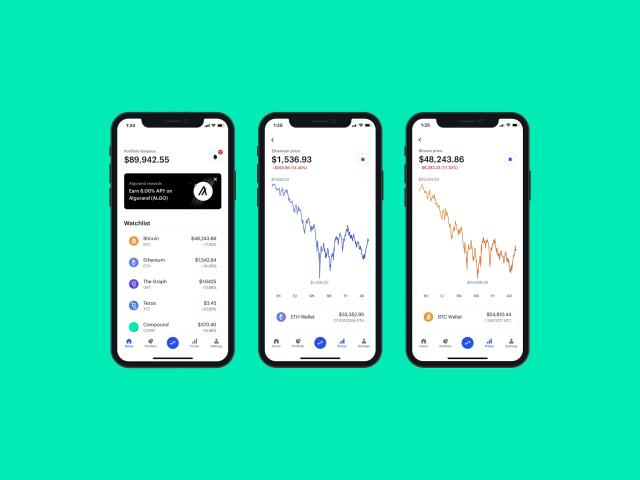
BEGINNER’S GUIDE
by: Towqeer gilkar

The Evolution of Bitcoin: From Inception to Mainstream Adoption
Bitcoin, the first and most well-known cryptocurrency, has undergone a remarkable evolution since its inception in 2009. Created by an unknown person or group of people using the pseudonym Satoshi Nakamoto, Bitcoin started as a niche experiment and has grown into a widely recognized financial asset and a symbol of the potential of digital currency. This article traces the journey of Bitcoin from its origins to its current status in mainstream finance.
Inception and Early Days (2009-2012)
Bitcoin's journey began with the publication of a whitepaper titled "Bitcoin: A Peer-to-Peer Electronic Cash System" in 2008. In January 2009, the first Bitcoin block, known as the Genesis Block, was mined. The early days of Bitcoin were marked by a small community of enthusiasts, and the value of Bitcoin was negligible.
Key Highlights:
- First Transaction: The first Bitcoin transaction occurred between Nakamoto and an early adopter named Hal Finney.
- Early Exchanges: The first Bitcoin exchanges appeared, facilitating the trading of Bitcoin for traditional currencies.
- Pizza Purchase: In May 2010, a programmer named Laszlo Hanyecz made the first real-world transaction by buying two pizzas for 10,000 Bitcoins.
Growing Interest and Value (2013-2016)
Bitcoin began to attract wider attention as its value started to increase significantly. This period saw the emergence of more sophisticated exchanges, increasing media coverage, and a growing interest from tech enthusiasts and speculators.
Key Highlights:
- Price Volatility: Bitcoin experienced significant price fluctuations, drawing the attention of traders and investors.
- Silk Road Closure: The shutdown of Silk Road, an online black market that used Bitcoin, brought significant media attention.
- Increased Adoption: More businesses and retailers started accepting Bitcoin as a form of payment.
Mainstream Attention and High Volatility (2017-2019)
Bitcoin entered a phase of mainstream attention and high volatility. In 2017, it experienced a dramatic increase in value, followed by a steep decline, underscoring its volatility.
Key Highlights:
- All-Time High: In December 2017, Bitcoin's price surged to nearly $20,000.
- Regulatory Scrutiny: Governments and financial regulators around the world began to take notice and discuss how to approach Bitcoin.
- Bitcoin Forks: The Bitcoin network underwent several forks, leading to the creation of new cryptocurrencies like Bitcoin Cash.
Institutional Adoption and Mainstream Acceptance (2020-Present)
The most recent phase in Bitcoin's evolution is characterized by increased institutional adoption and recognition of its potential as a store of value.
Key Highlights:
- Institutional Investment: Large corporations, financial institutions, and well-known investors started to invest in Bitcoin or offer Bitcoin-related services.
- Global Economic Context: In the context of economic uncertainty and inflation concerns, Bitcoin began to be viewed by some as a digital alternative to gold.
- Wider Acceptance: An increasing number of companies and payment platforms began integrating Bitcoin, facilitating its use as a currency.
Conclusion
From its humble beginnings as an experimental form of digital cash to its current status as a recognized financial asset, Bitcoin's journey reflects the growing interest in and acceptance of cryptocurrencies. Its evolution has been marked by periods of extreme volatility, regulatory challenges, and increasing integration into the mainstream financial system.
Related Blogs
Our great way to help make people keep working for us is to invest in their overall job satisfaction by providing them with the perks and benefits they want most.




